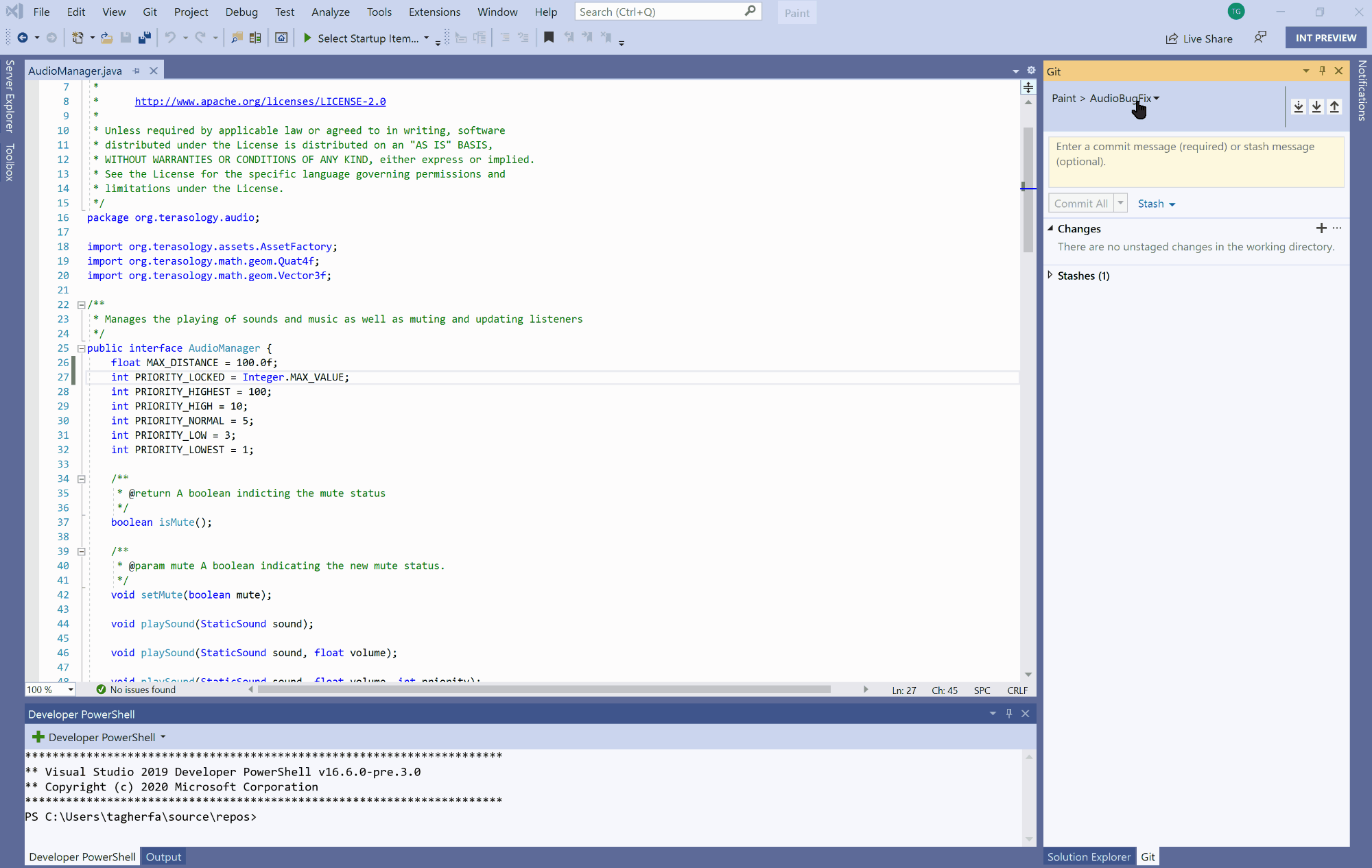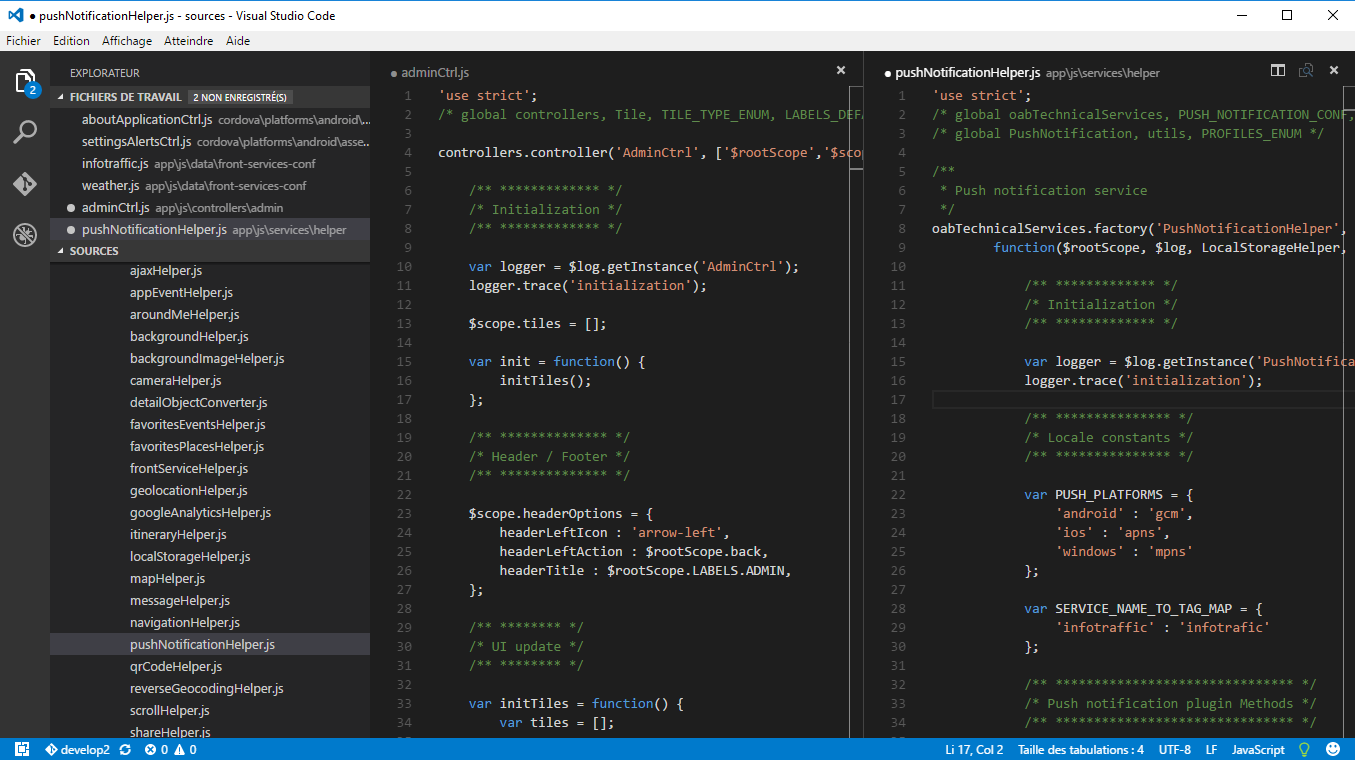


You can do this from within Visual Studio under the Tools menu: Let’s take a look at how you can configure this.įirst download and install Visual Studio 2017 Update 5. Well now with Visual Studio 2017 Update 5 you can now configure your global and repository settings to prune your local list of branches on every fetch.

Typically you would have to open up a Command Prompt and run the following command to cleanup your list of branches that exist on the remote: It just reads the name of the user that initiated the call to the plugin, and writes the name to the Plugin Trace Log.If you’ve been using Git from within Visual Studio 2017 you might be aware of the fact that when performing a fetch it would not automatically prune your local list of branches that no longer exist on the server. Anyway, I have a simple (stupid) little plugin for Microsoft Dynamics 365 / Common Data Service. The scenario I have is not really relevant to how you can work with Git Submodules, the methods are likely the same for most other types of platforms, projects and languages. So I finally took the time to really understand how Visual Studio can help me and which processes to follow to stay away from the pitfalls and get the most out of this feature. Lately I have started working with Git Submodules, and I struggled a lot with changes being reverted, project dependencies locked in Catch 22 scenarios, and Git command line parameters that I never really understood…

The methods to include this code have varied a lot from simply copy-pasting code to linked files to private NuGet servers with build automation, full CI/CD etc. Ever since I started working with development, I have both created and consumed libraries, frameworks, utilities and snippets to simplify and streamline my code.


 0 kommentar(er)
0 kommentar(er)
